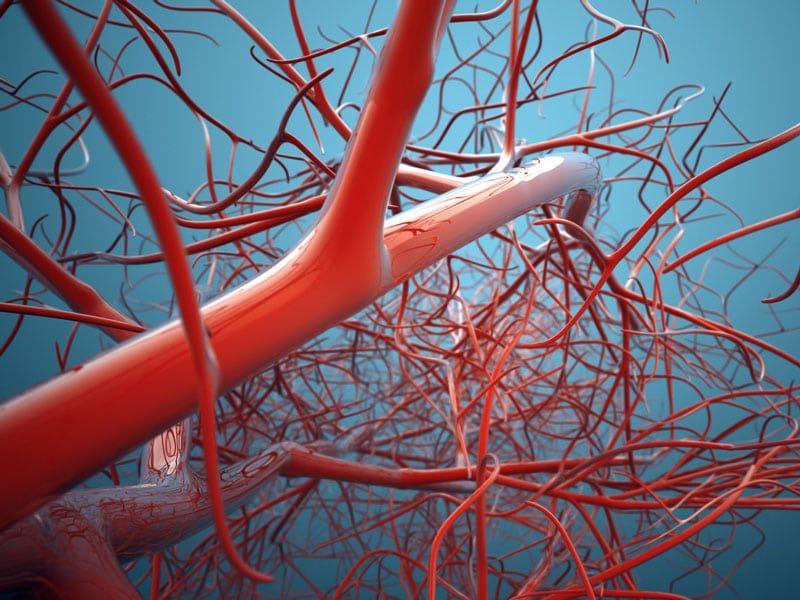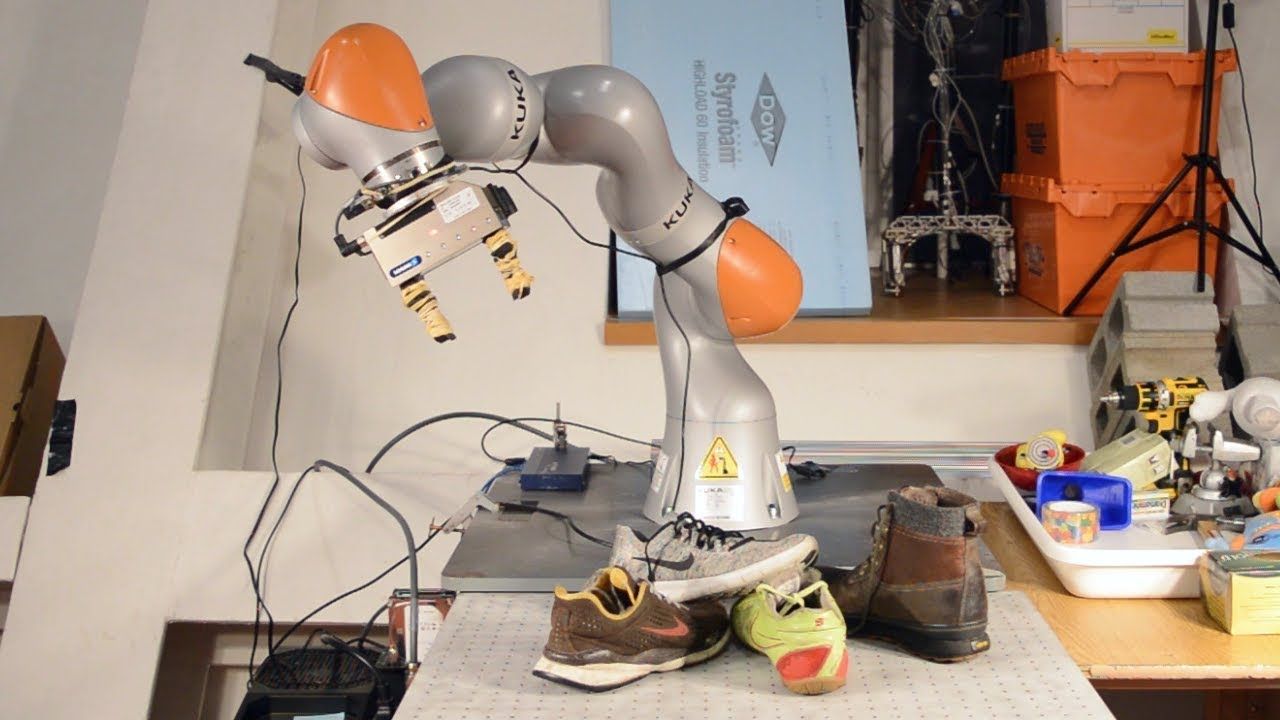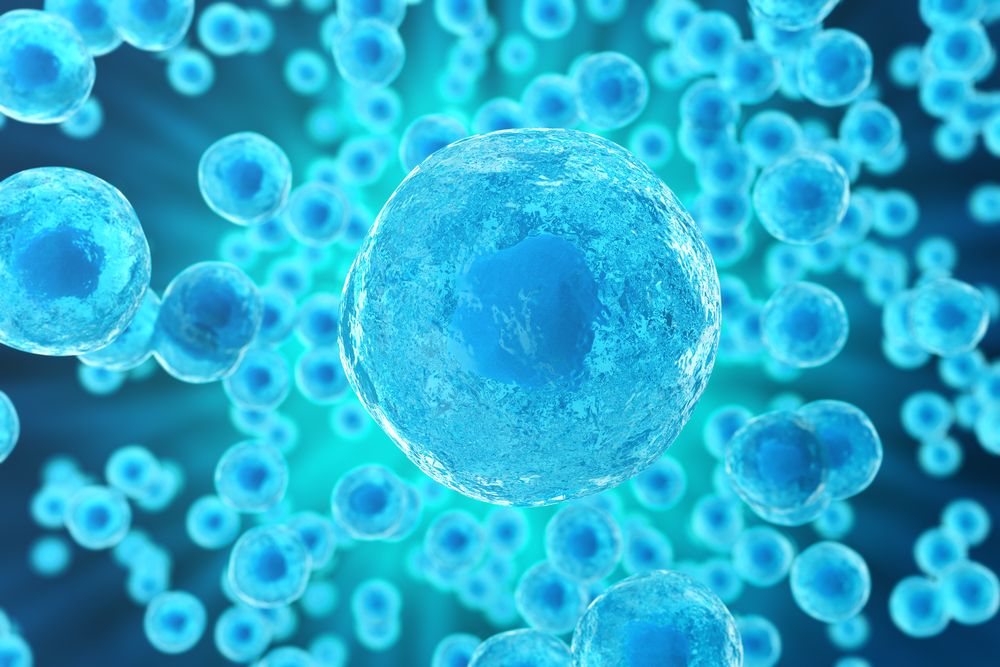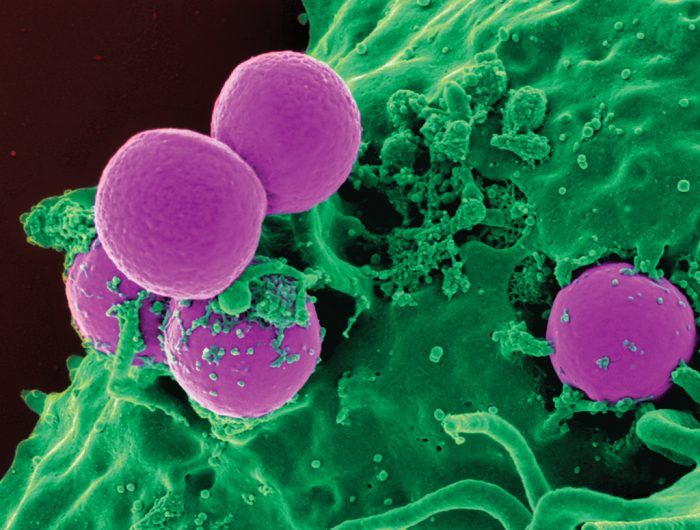Researchers don’t know much about whether people who aren’t diabetic should avoid having glucose spikes after meals, or whether, by contrast, average glucose levels are more important — things that need to be studied, he said.
“They’re right to be asking it. I don’t have data to give guidance on how to interpret it,” Bergenstal said. “I think they’re right to say it can’t be bad if I keep my blood sugars more stable. It’s a reasonable assumption, but we don’t have the data for it.”
It’s generally accepted that non-diabetics are better able to regulate their glucose levels. A higher than normal level, meanwhile, indicates prediabetes. But a new study out of Stanford University in late July that used CGMs on 57 participants, including diabetics and non-diabetics, had a surprising finding.









